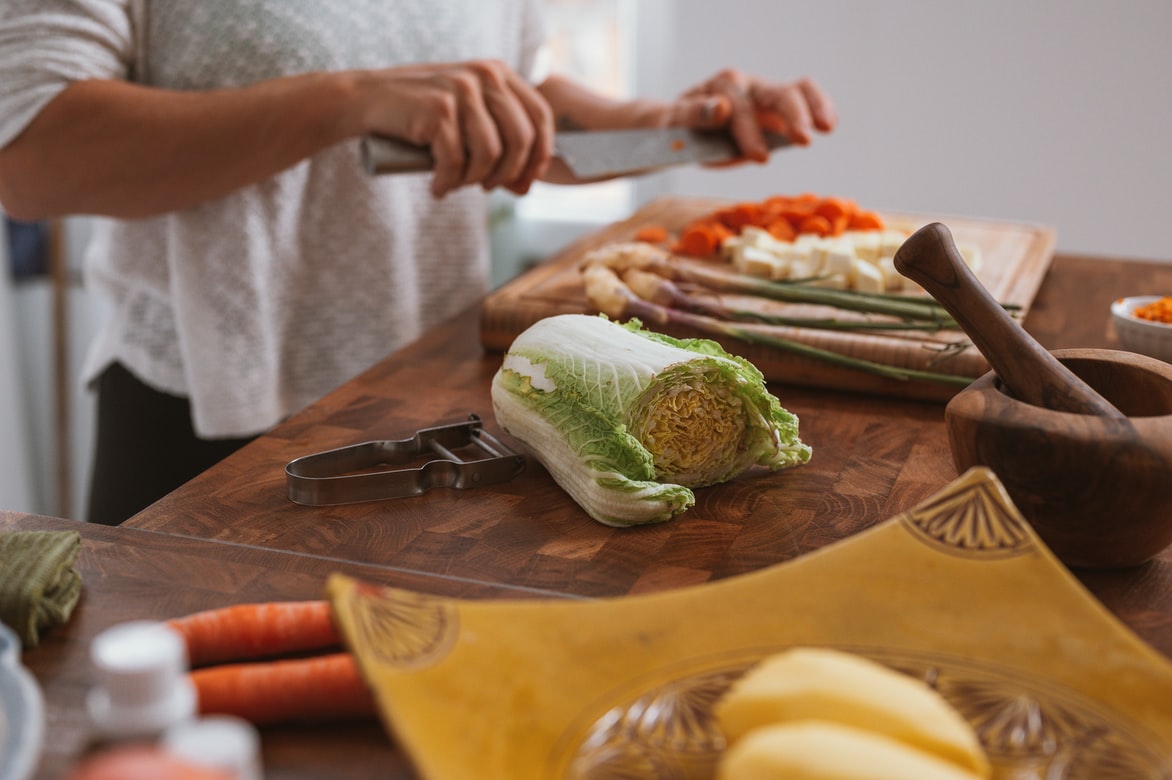The job of a professional chef, isn’t it blissful? You’ve seen it on the TV with Gordon Ramsay and Gino D’Acampo strutting their stuff in their pressed whites, you may have even enjoyed rebel chefs like Hugh Fearnley-Whittingstall showing you how to grow, butcher, and cook a whole pig, and you’ve definitely watched Rosemary Shrager’s new YouTube channel to learn some proper tips.
Then take a read of the tips below on how to take your own cooking to the next level!
What Your Kitchen Needs
To try your hand at feeling like a professional chef, you need to get your kitchen in order.
Here are six things every home kitchen needs to give it a more professional feel.
Professional Kitchen Equipment
Even if you do not want to make your living in the kitchen, it’s certainly nice to have access to some professional restaurant equipment at home.
This way, you can really take pride in what you are cooking and present it well, even if you are just cooking for friends or family.
Having a few tools with you during your cooking will make you feel more comfortable in the kitchen.
Sharp Knives
A sharp knife makes you feel more confident in handling your food; it also lets you cut through areas of the food that are hard to reach because of its shape or high position. To make things more fun in the kitchen, you can even get a handmade chef knife to have a totally different experience than usual. When cooking, you should only ever use the correct knife for the job. For example, a filleting knife for filleting, a chef’s knife for chopping, a serrated knife for cutting things like bread, and of course, a bone saw for sawing through bones.
When cooking, you should only ever use the correct knife for the job. For example, a filleting knife for filleting, a chef’s knife for chopping, a serrated knife for cutting things like bread, and of course, a bone saw for sawing through bones.
If you have a good chef’s knife set at home, honing it regularly will make it last longer and give you a great feeling while using it.
Cutting Boards
A well-organized kitchen has several different cutting boards to prevent cross-contamination. One for meat, one for fish, one for vegetables, and one for bread.
Cutting boards in professional kitchens are usually made out of colored plastic rather than wood.
Recipe Books
All chefs have their own personal collection of recipe books that they like to flick through.
Take a trip around your local book store and find some recipe books that take your fancy; these can be very useful in keeping your culinary inspiration flowing.
Good Non-Stick Pots & Pans
Apart from the obvious things like a stove, a fridge, and a microwave, you absolutely need to have a lot of cookware available to do anything at all in the kitchen.
A good set of pots and pans will make things much easier when it comes to cooking food. A pan is your best friend in the kitchen because it has curved sides, perfect for getting it hot and cooking eggs or pancakes evenly.
A Decent Mixing Bowl With A Dough Hook
Bread making is one of the easiest things to make in the home; if you are feeling like you want to make yourself a nice loaf of bread but don’t feel like taking out all your energy, an electric mixing bowl will do the job for you.
